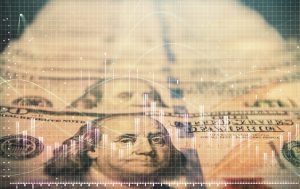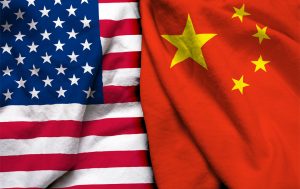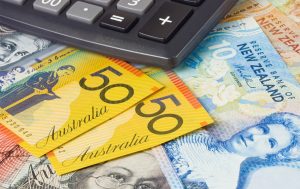Currency markets were sharply reactive in the last 24 hours, with the British pound initially rallying on speculation of a forthcoming U.S.-UK trade agreement and the Japanese yen firming amid ongoing global trade uncertainty.
Sterling Finds Strength, Then Retreats Pre-BoE
The British pound surged as high as $1.3356—its strongest level in months—after reports suggested that U.S. President Donald Trump would announce a trade deal with the UK. The news came shortly after Trump hinted on social media about a “major trade deal,” which was later linked to Britain. The rally reflected not only optimism over a deal but also broader weakness in the U.S. dollar, which has been under pressure since Trump’s aggressive tariff policies reignited fears of a U.S. recession and sticky inflation.
However, the pound’s rally was short-lived. Sterling gave up gains and slipped to $1.327 as markets turned their attention to the Bank of England’s upcoming rate decision. A 25 basis point rate cut is widely expected, but investors are eager to see if the BoE signals further easing amid evolving trade dynamics and global headwinds.
Yen Gains on Safe-Haven Flows
The Japanese yen appreciated to around 143.6 per dollar, recovering from earlier losses as safe-haven demand surged. The greenback lost ground as President Trump announced a press conference to unveil a trade agreement—reportedly with the UK—while maintaining a hardline stance on China. Trump emphasized he would not roll back tariffs as a condition for new U.S.-China negotiations scheduled in Switzerland, increasing geopolitical friction.
In Japan, investors are also eyeing bilateral trade talks with the U.S., with Tokyo aiming to finalize a deal by June. Minutes from the Bank of Japan’s recent policy meeting indicated readiness to continue hiking interest rates if economic and inflation targets are met. However, some policymakers expressed concern over external risks—particularly the unpredictable direction of U.S. trade policy.
Gold Pressured by Dollar Rally and Trade Optimism
Gold futures fell by 1.2% to $3,351.50/oz as a stronger U.S. dollar and renewed risk-on sentiment pressured bullion. Optimism surrounding the potential U.S.-UK trade deal added to the downside. Fed Chair Jerome Powell’s comments—stating that the Fed isn’t in a rush to cut rates despite tariff-driven risks—sparked a dollar rally that further eroded gold’s safe-haven appeal.
Powell acknowledged the growing risks of both inflation and unemployment stemming from trade tensions, but emphasized patience, stating, “We are well positioned to wait for greater clarity.” The FOMC remains cautious, assessing whether any tariff-induced price spikes will shift long-term inflation expectations or jeopardize employment.
Conclusion: Trade Policy Continues to Drive FX and Commodities
From Sterling’s initial pop to the yen’s resilience, markets remain finely tuned to the shifting tone of U.S. trade policy. Trump’s ambiguous signaling—boasting of imminent deals with some partners while threatening others—has amplified market volatility.
With central banks like the BoE and BoJ navigating a complex mix of inflation data and geopolitical developments, traders should prepare for heightened sensitivity to policy headlines and economic data in the days ahead.




